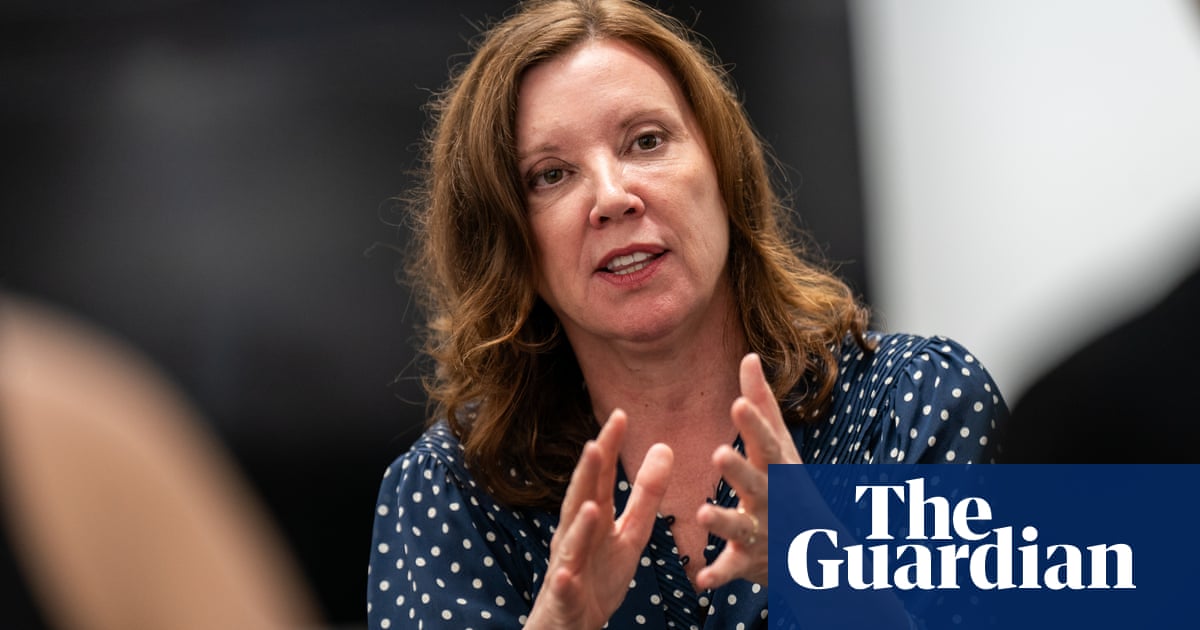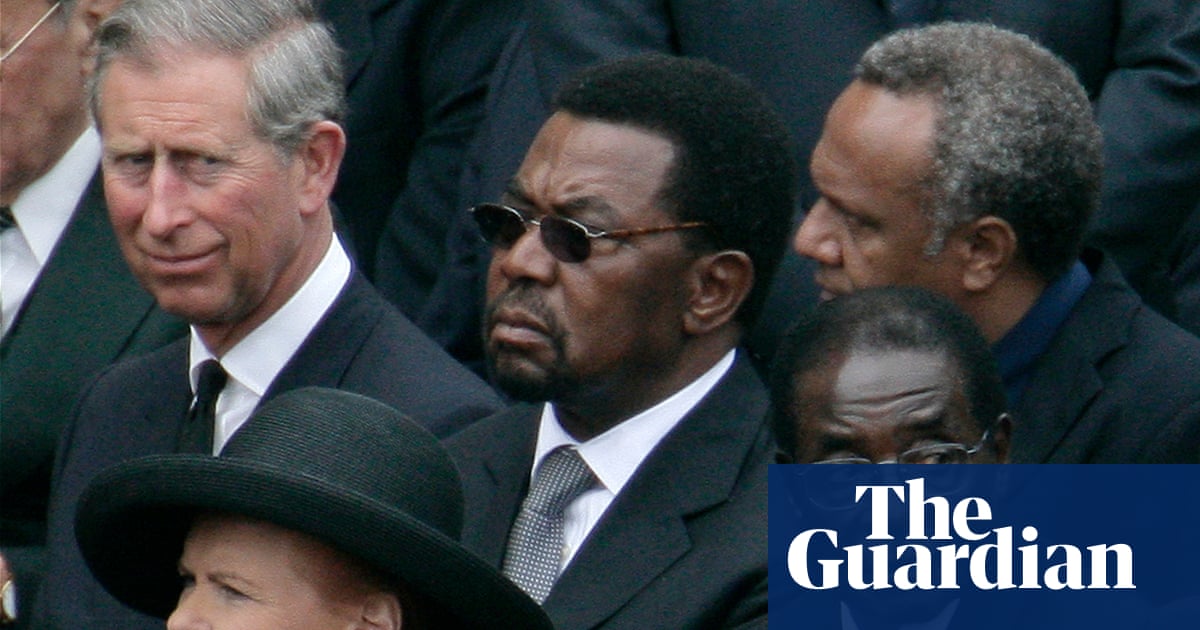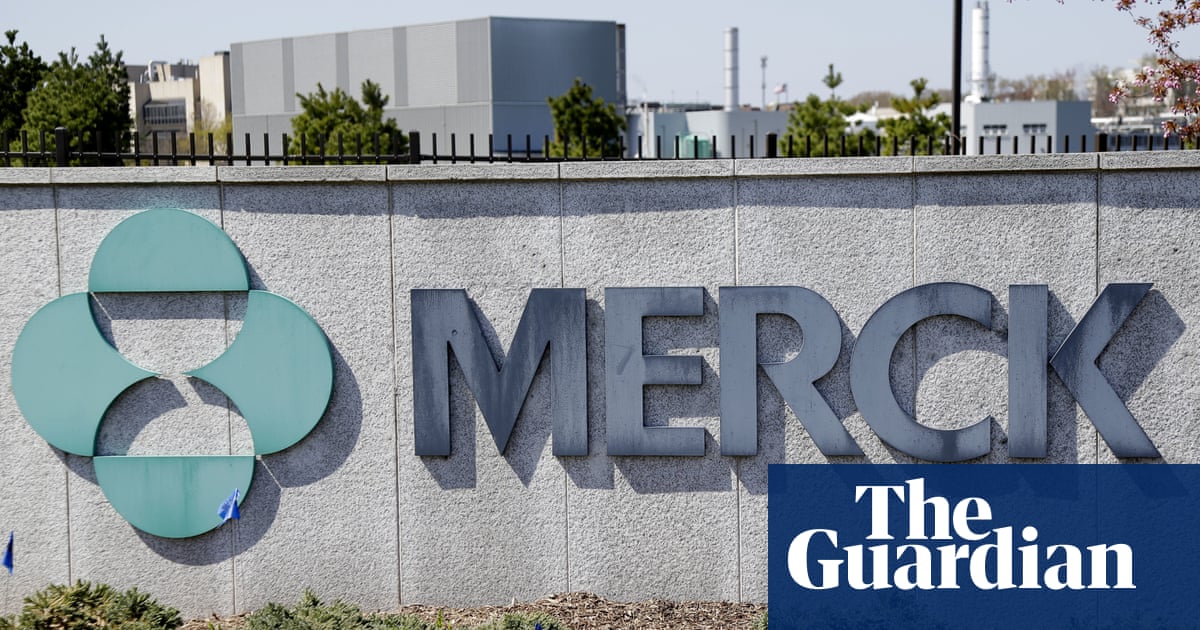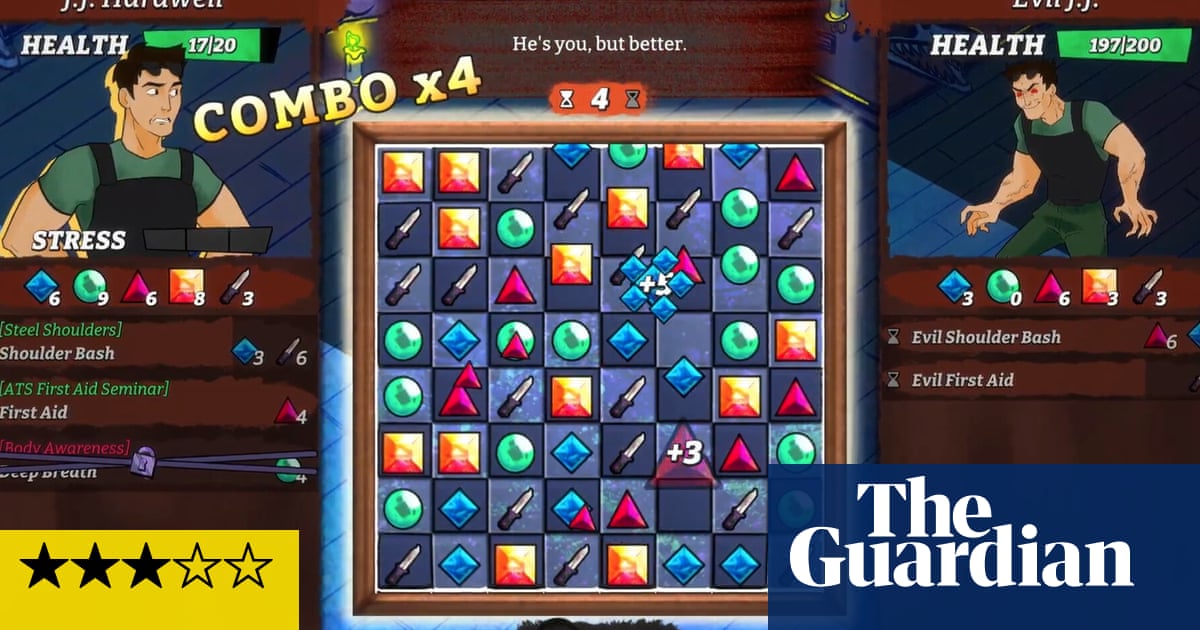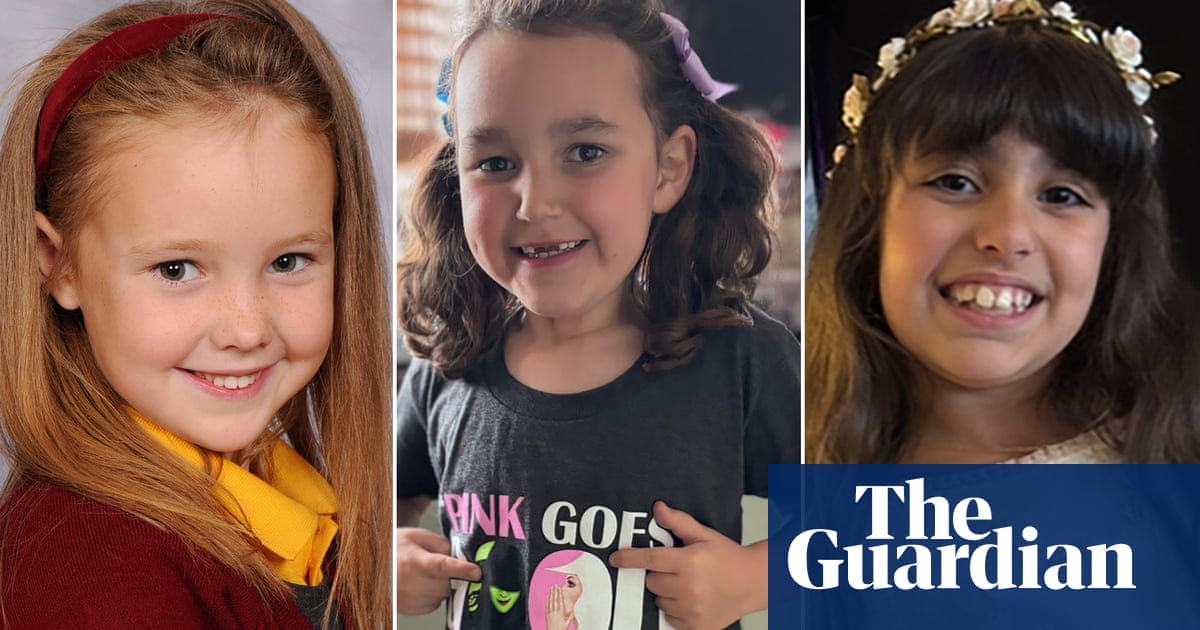Karina García* has lost count of the waves of violence that have swept through her small town in north-east Colombia. But the latest fighting has shocked the rights activist. “Before, being a woman offered you some protection. You had to do something serious to get killed,” she says.
García fled the countryside when armed young men started going from house to house last month searching for civilians deemed sympathetic to rival groups. “Now, the slightest accusation or tiniest thing is enough for you to end up dead,” she says. “These guys really do not care about the pain of the people.”
García has been displaced more than 10 times from Catatumbo, a cocaine-production and trafficking region straddling Colombia and Venezuela and coveted by warring groups.
Last month’s violence in Catatumbo was the worst Colombia has experienced for years. At least 80 people were killed, 50,000 displaced and dozens of civilians kidnapped as the National Liberation Army (ELN), Colombia’s largest active guerrilla insurgent group, sought to purge the region of rivals.
About 46,000 children are still out of education, after violence forced the government to close schools in 10 districts, according to Save the Children.

In response to the violence, Colombia’s president, Gustavo Petro, has broken off peace talks with the ELN.
Andrés Preciado, director of the Ideas for Peace Foundation (FIP), in Bogotá, says: “There is no way back for peace negotiations with the ELN now, but I also think this is the end of the road for Petro’s ‘total peace’ plan [Paz Total].”
Six decades of war in Colombia have killed 450,000 people and displaced eight million. A series of the country’s presidents have tried to negotiate a way out of the conflict, and in 2016, Juan Manuel Santos signed a peace deal with the Revolutionary Armed Forces of Colombia (Farc). But as quickly as 7,000 combatants laid down their guns, smaller armed groups filled the power vacuum.

Petro, Colombia’s first leftist president, was seen as the man to get the country back on track. In 2022, he told excited crowds at his inauguration: “I will work to achieve true and definitive peace, like no one else, like never before.”
A former guerrilla himself, the 64-year-old appeared to be just the person to persuade the rebels to disarm. Instead of sending more soldiers to remote corners of the country, Petro pledged to send negotiators to meet anyone willing to talk.
“It seemed peaceful for a while but everyone knew it was the chronicle of a death foretold,” says a community leader in Catatumbo, who asked for anonymity for fear of being targeted by armed groups. “Now, all hell has broken loose.”
Petro’s government is in talks with nine different armed groups and has one active ceasefire with a group known as “General Staff of the Blocs” (EMB) – a small faction of Farc dissidents who broke away from a larger splinter group, Central General Staff (EMC), who refused to disarm in 2016.
The biggest thorn in Petro’s side has been the ELN. Negotiations with the 3,000-strong rebel group have been repeatedly halted, including in October after the kidnapping of the father of the Liverpool footballer Luis Díaz.
The incident exposed a key flaw in Petro’s strategy: while the military halted its offensive during the ceasefire, armed groups showed little interest in stopping their criminal activities.
The number of kidnappings have risen 79% under Petro and extortion cases have increased 96%, according to data analysis by the Bogotá-based Conflict Analysis Resource Centre (Cerac). The number of homicides has dropped 4%, though killings in military and police operations and in robberies were excluded from the national police figures from 2022, obscuring the trend.
“We actually believe the homicide rate has increased. That would be huge as Colombia has not seen a growth in the homicide rate since 2002,” says Jorge Restrepo, director of Cerac. “I’ve been searching for a positive but all I can find is a drop in deaths from landmines.”

While the Colombian military withdraws, militias have taken advantage of the respite to seize new territory and swell their ranks with children.
The ombudsman’s office, which monitors human rights violations, says the ELN is now active in 232 of Colombia’s 1,100 municipalities, up from 189 in 2022. The Gulf Clan, a paramilitary drug-trafficking outfit, has grown even more quickly and is operating in 392 municipalities – up 54% from 255 two years ago.
Elizabeth Dickinson, an analyst at the International Crisis Group thinktank, says it was naive to think the world’s biggest drug cartels would willingly give up billion-dollar cocaine and illegal mining rackets.
after newsletter promotion
“Military pressure is a necessary component of any strategy,” she says. “You cannot sit down at the negotiating table with these groups and expect them to talk in good faith if they are not experiencing some sort of pressure.”
The new scenario, with countless new groups constantly popping up, is worse than before, says a former Farc commander who demobilised in 2016, and who requested anonymity for fear he would be targeted. “New armed groups are appearing with tremendous power and a terrifying desire to inflict violence on the civil population,” he says.

The ELN and its rivals are accused of systematically killing civilians in Catatumbo. Family members could not bury their loved ones and bodies were left on roadsides in January as armed groups enforced a lockdown.
Unlike the Farc, which was born out of a Marxist-Leninist insurgency, today’s splinter groups have no ideology, say experts, with their only interests being illegal mining, extortion and drugs.
García says: “No ‘total peace’ has arrived here. All that has arrived is war and death. It is actually more painful because before, people from different territories were fighting each other. Now it is our own children from the very same town who are killing each other in these smaller groups.”
Petro admits that the events in Catatumbo are a “national failure” and that “the situation in Catatumbo is a sign of how things are going”.
![A banner strung across a street reads ‘Queremos Paz [We Want Peace]’](https://i.guim.co.uk/img/media/c73dd0d2f547f7255a76f7271094bd1244070d07/0_0_3161_2134/master/3161.jpg?width=445&dpr=1&s=none&crop=none)
Colombia’s justice minister, Ángela María Buitrago, said earlier this month that “the population today feels it is in a permanent state of insecurity”, as she pleaded with Petro to rethink his strategy.
Iván Cepeda, a senator from the coalition government who has been negotiating with the ELN during the on-off talks, acknowledges that the government has made mistakes but remains committed to its dovish approach. “We do not accept that ‘total peace’ has failed,” he says.
Cepeda admits that coordinating talks with so many armed groups simultaneously is challenging but says critics are overreacting to the violence in Catatumbo. Talks with the ELN are “suspended, not finished”, he insists.
The senator points out that when M19 guerrillas, of which Petro was then a member, stormed Colombia’s Palace of Justice, seat of the supreme court, in 1985 (in which nearly 100 people were killed and 12 people were abducted by the army), people reacted the same way. “They said, ‘there is no way negotiations can continue,’” says Cepeda, adding: “The peace process with the M19 is, in fact, one of the most successful ever seen.”
Though the fighting in Catatumbo in recent weeks has quietened, experts expect violence to flare up in other regions as rival groups seek revenge or to exploit weakened forces. At least 20 people were killed in the Colombian Amazon in late January as rival Farc splinter groups fought for control of the drug trade.

The timing of this renewed violence is inauspicious. Petro’s total peace plan is unravelling just as Trump has frozen $380m (£300m) in aid that Colombian peacebuilding organisations rely on for emergency relief to families fleeing violence and encouraging farmers to swap coca for legal alternatives. At the same time, Petro is caught in a growing political crisis, with his defence minister, Ivan Velasquez, the latest in a string of cabinet ministers to resign.
Meanwhile, Colombia’s relations with Venezuela, a key mediator in the ELN talks, have become strained after an intelligence report revealed that armed rebels had moved through the neighbouring country before launching their deadly offensive in Catatumbo.
For those like García who are caught in the violence, there seems little cause for hope. “Why do you think 50,000 people have left with nothing but what they could grab and stuff in a rucksack?” she says. “The ELN started the attacks, but we know other groups will want revenge.”
* Name has been changed to protect her identity

.png) 2 months ago
23
2 months ago
23
